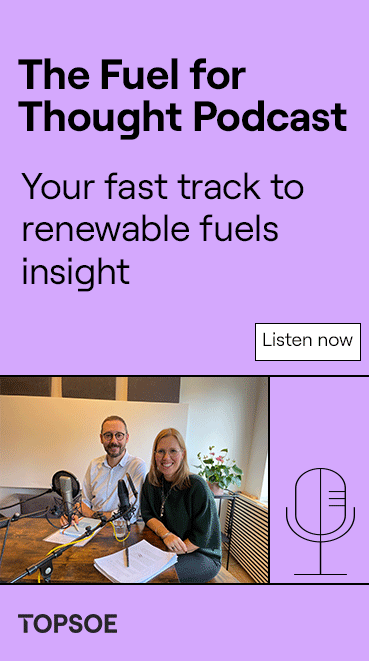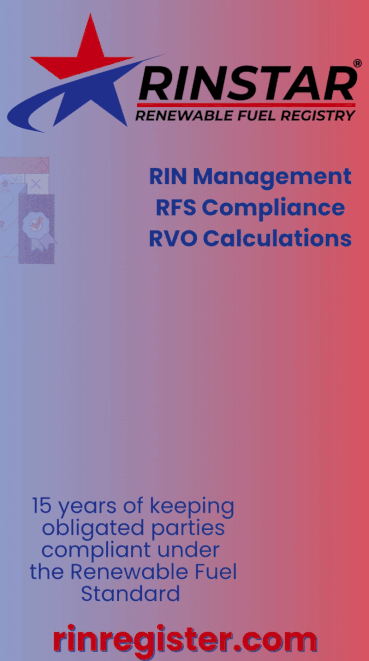SAF Modeling Debate Isn’t Really About ‘GREET vs. ICAO,’ It’s About Current Data vs. Old Data
- Geoff Cooper
- Aug 23, 2023
- 3 min read
Updated: Sep 15, 2023

Last year’s Inflation Reduction Act created tax credits meant to stimulate the production and use of sustainable aviation fuel (SAF), a critical tool in the aviation sector’s decarbonization strategy.
To qualify for the tax credits, SAF must reduce lifecycle greenhouse-gas (GHG) emissions by at least 50 percent compared to conventional jet fuel. SAF that achieves the minimum 50 percent reduction earns a tax credit worth $1.25 per gallon. The value of the credit increases as the carbon intensity of the SAF decreases, topping out at $1.75 per gallon for SAF that has net-zero or carbon-negative emissions. For the purposes of estimating the carbon intensity of different SAF options, Congress directed the U.S. Department of the Treasury to use the methodology established by the United Nations’ International Civil Aviation Organization or a “similar methodology.”
The Renewable Fuels Association and many other stakeholders (including airlines, SAF producers, farm groups, members of Congress and university researchers) have argued that the treasury department should recognize U.S. DOE’s GREET model as a “similar methodology” for the purposes of determining SAF carbon intensity (and, thus, tax credit values). Meanwhile, some in the environmental community are pushing the treasury department to require that the ICAO methodology be used exclusively.
Those environmental groups have attempted to label our advocacy on SAF modeling as some kind of behind-the-scenes, clandestine lobbying effort to purportedly “weaken” SAF standards. Nothing could be further from the truth.
We support using the DOE GREET model because it would strengthen the credibility, transparency and scientific robustness of the SAF tax credit program. Period. In addition, Congress required the use of DOE GREET for estimating the carbon intensity (and tax credit values) for nonaviation fuels under separate provisions on the IRA. Why should the treasury department use different rules (and different methodologies) for different fuels, when Congress gave it the authority to harmonize the approach?
In any case, the SAF modeling debate has been mired by confusion and purposeful misdirection about the actual differences between the DOE GREET methodology and the ICAO methodology.
The truth is, DOE’s GREET isn’t just a “similar methodology” to ICAO … it’s really the “same methodology.” The two approaches aren’t all that different. Both use the GREET model to assess direct supply-chain emissions, and both rely on Purdue University’s GTAP model to analyze potential land-use change scenarios.
So, if DOE GREET and ICAO are generally using the same approach and modeling tools, why are their carbon-intensity results for certain SAF options (like corn ethanol-to-jet) so much different?
The answer is simple: One methodology (DOE GREET) uses the most up-to-date data and assumptions regarding crop and biofuel production, while the other (ICAO) uses grossly outdated information and faulty assumptions.
In fact, for its estimates of emissions related to corn and ethanol production, ICAO uses a version of the GREET model from 2012 (ICAO also relies on European crop and ethanol production data from the 2006-’12 timeframe). DOE has publicly released no fewer than 13 updated or revised versions of GREET since 2012, which begs the question: Why is ICAO still using an obsolete GREET model version from 11 years ago?
For estimating hypothetical land-use change (LUC) emissions, ICAO uses Purdue’s GTAP-BIO model. This is the same model that is integrated with the DOE GREET model for assessing LUC scenarios. Again, the big difference between DOE GREET and ICAO on LUC emissions estimates is not the model used; rather, it’s the data and assumptions plugged into the model. ICAO uses land-use change “emissions factors” and elasticities developed in 2014 by U.C. Berkeley and the California Air Resources Board. Meanwhile, the DOE GREET team uses emissions factors from a module called “CCLUB” (developed by scientists at Northwestern University, Argonne National Lab, and the University of Illinois), which was updated as recently as October 2021.
RFA and others are simply asking the treasury department to allow the use of the latest versions of GREET (integrated with GTAP and CCLUB), which was released in March 2023 and is populated with the most current data regarding corn and ethanol production factors.
RFA has developed this handy “cheat sheet” to explain the key differences between the DOE GREET approach and the ICAO approach. Again, the two approaches use the same basic methodology and modeling tools. The difference in results boils down to the fact that one (DOE GREET) uses current information about crop and ethanol production and one (ICAO) uses grossly outdated information, proving correct the adage that “a model is only as good as its underlying assumptions and data” (others have put it a little more bluntly—“garbage in, garbage out”) In the end, the SAF modeling debate shouldn’t be characterized as “GREET vs. ICAO.” It’s really more about current data vs. old data.

Author: Geoff Cooper
President and CEO, Renewable Fuels Association


































